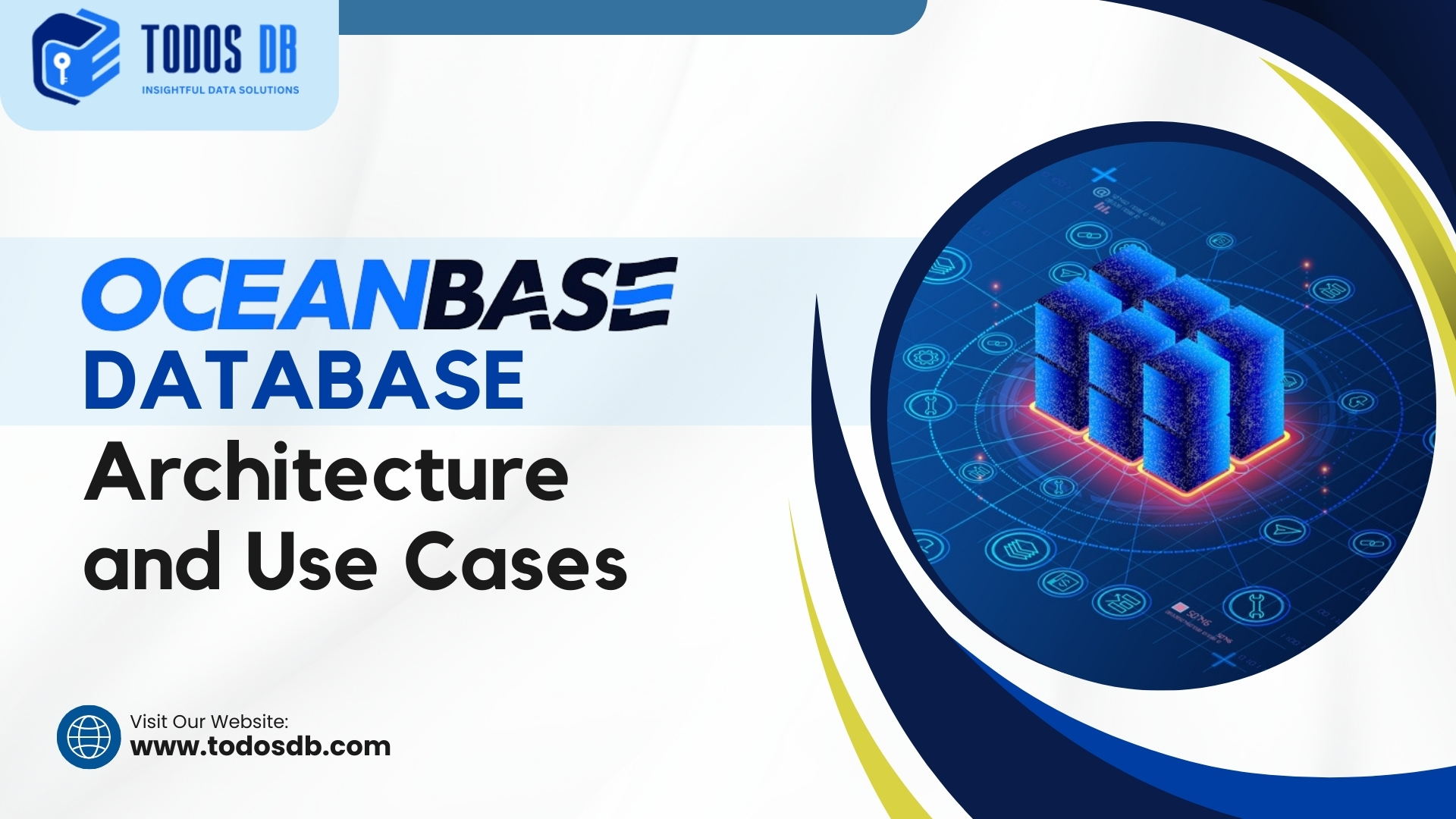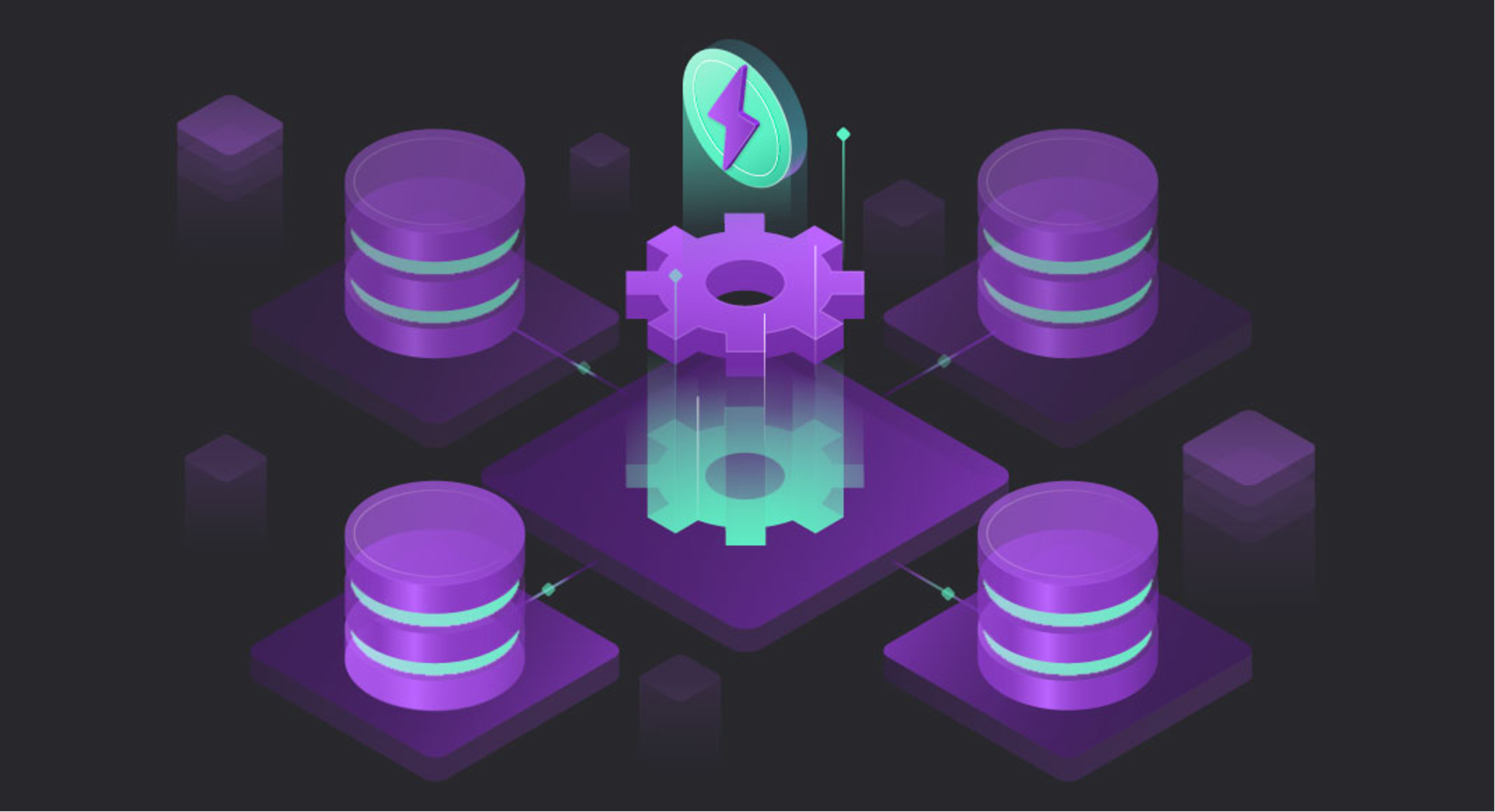
PostgreSQL has emerged as one of the most powerful and feature-rich open-source relational database management systems (RDBMS) available today. With its robust architecture and extensive set of features, PostgreSQL has become a popular choice for businesses and organizations of all sizes. However, like any complex software system, PostgreSQL can encounter issues that require troubleshooting to maintain optimal performance and reliability. In this article, we will delve into the architecture of PostgreSQL and explore best practices for effective troubleshooting, empowering database administrators to master PostgreSQL and ensure smooth operation.
Understanding PostgreSQL Architecture
At its core, PostgreSQL follows a client-server architecture model. The server component, known as the PostgreSQL server or simply the Postgres daemon, manages the database files, handles client connections, and executes SQL queries. The server interacts with the underlying operating system for tasks such as memory management, file I/O, and process scheduling.
- Processes and Memory Management:
PostgreSQL orchestrates a constellation of processes to handle data manipulation and retrieval. The PostgreSQL server spawns worker processes for tasks ranging from client communication to query execution. The adept management of system memory is central to PostgreSQL’s performance. Through judicious use of shared buffers and caching mechanisms, PostgreSQL minimizes disk I/O overhead, facilitating expedited data access.
- Transaction Management and Write-Ahead Logging (WAL):
PostgreSQL’s transaction manager ensures data integrity, adhering to ACID principles with precision. It orchestrates transactions, ensuring atomicity and consistency. Write-Ahead Logging (WAL) is integral to PostgreSQL’s durability, recording changes to database pages before applying them to data files. This meticulous process ensures crash recovery resilience.
- Query Executor and Planner:
PostgreSQL’s query processing engine is led by the query planner and executor duo. The planner crafts execution plans tailored to leverage the database’s schema, indexes, and statistics. The query executor oversees data retrieval, join operations, and result set generation. It employs optimizations and algorithms to fulfill SQL queries efficiently.
- Shared Memory and Background Processes:
PostgreSQL’s shared memory facilitates caching and inter-process communication, optimizing performance by judiciously allocating resources. Background processes maintain database vitality, handling tasks like vacuuming stale data and replenishing shared buffers.

Best Practices for Effective Troubleshooting:
Fine-grained Logging and Monitoring: Configure PostgreSQL to log detailed information at various verbosity levels to gain insight into internal processes, query execution, and system events. Utilize tools like pg_stat_activity and pg_stat_statements to monitor query performance metrics such as execution time, CPU usage, and disk I/O. Implement custom log formats and filters to focus on specific types of messages or events relevant to troubleshooting efforts.
Query Plan Analysis with EXPLAIN and EXPLAIN ANALYZE: Dive deep into query execution plans using PostgreSQL’s EXPLAIN and EXPLAIN ANALYZE commands. EXPLAIN provides a query plan without actually executing the query, allowing you to inspect the planner’s decisions regarding index usage, join algorithms, and access methods. EXPLAIN ANALYZE executes the query and provides actual runtime statistics, enabling you to pinpoint performance bottlenecks, identify sequential scans, and assess the effectiveness of index utilization.
Indexing Strategies and Performance Optimization: Develop a comprehensive understanding of PostgreSQL’s indexing mechanisms and leverage indexes strategically to improve query performance. Analyze query patterns, cardinality, and selectivity to determine the most suitable index types (e.g., B-tree, GiST, GIN) and column combinations. Experiment with partial indexes, expression indexes, and multicolumn indexes to optimize query execution plans and minimize disk I/O.

Advanced Configuration Tuning: Delve into PostgreSQL’s extensive configuration parameters to fine-tune resource allocation, caching behavior, and query optimization. Adjust settings such as shared_buffers, work_mem, and effective_cache_size based on workload characteristics, system memory, and concurrency levels. Experiment with autovacuum thresholds, checkpoint intervals, and WAL settings to balance performance and maintenance overhead.
Performance Diagnostics with pg_stat_statements: Harness the power of pg_stat_statements extension to collect and analyze detailed statistics about executed SQL statements. Monitor key metrics such as total execution time, number of calls, and average response time for individual queries, allowing you to identify frequently executed or resource-intensive queries that may impact overall database performance. Utilize query normalization and fingerprinting techniques to aggregate similar queries and focus on optimization opportunities.
Database Statistics and Monitoring Extensions: Explore PostgreSQL extensions such as pg_stat_activity, pg_stat_bgwriter, and pg_stat_progress_vacuum to gain visibility into database activity, background processes, and ongoing maintenance operations. Monitor transaction throughput, buffer cache utilization, and checkpoint activity to detect anomalies, resource contention, or performance degradation. Leverage statistical functions and views provided by extensions like pg_stat_statements and pg_stat_user_functions to analyze query patterns, function execution, and database usage trends.
Query Rewriting and Optimization Techniques: Employ advanced query rewriting and optimization techniques to enhance query performance and scalability. Identify common query patterns such as correlated subqueries, nested loops, and inefficient joins, and refactor queries using CTEs (Common Table Expressions), window functions, and lateral joins to improve readability and execution efficiency. Experiment with query parallelism, hash joins, and index-only scans to leverage PostgreSQL’s capabilities for parallel query processing and data access acceleration.
Conclusion
Effective troubleshooting in PostgreSQL requires a combination of technical expertise, diagnostic tools, and proactive optimization strategies. By mastering the intricacies of PostgreSQL architecture and adopting advanced troubleshooting techniques, database administrators can identify and resolve performance bottlenecks, optimize query execution plans, and ensure the reliability and scalability of PostgreSQL deployments. With a systematic approach to logging, monitoring, and performance tuning, organizations can maximize the potential of PostgreSQL as a robust and high-performance database platform for mission-critical applications.
If you’re looking to navigate the intricacies of PostgreSQL with confidence and optimize your database environment, consider partnering with a team of experienced professionals like those at Todos DB. We possess the in-depth knowledge and proven track record to guide you on your PostgreSQL journey, helping you overcome challenges and achieve your database goals. Contact us today to discuss your specific needs and unleash the power of PostgreSQL in your organization.

